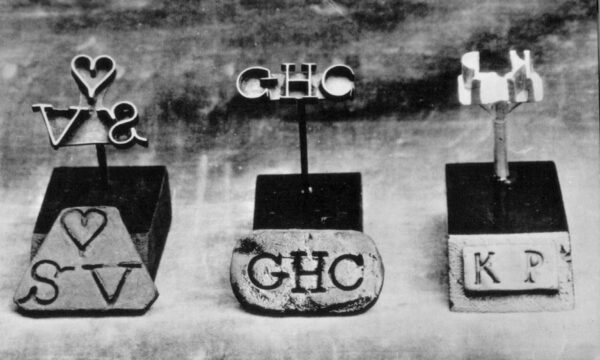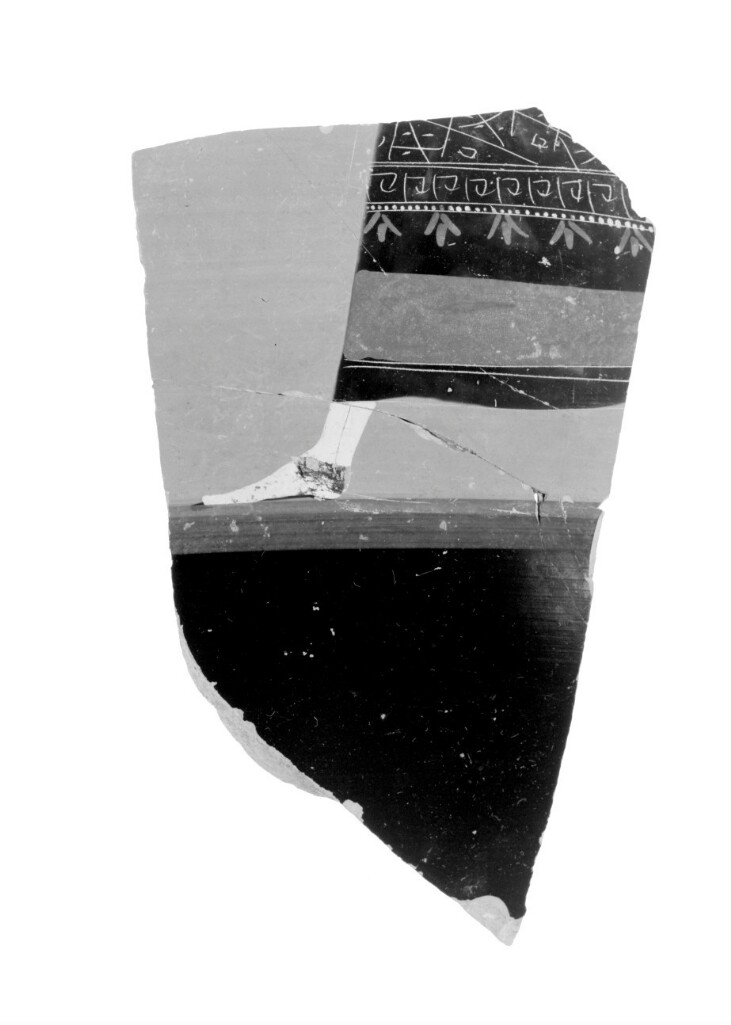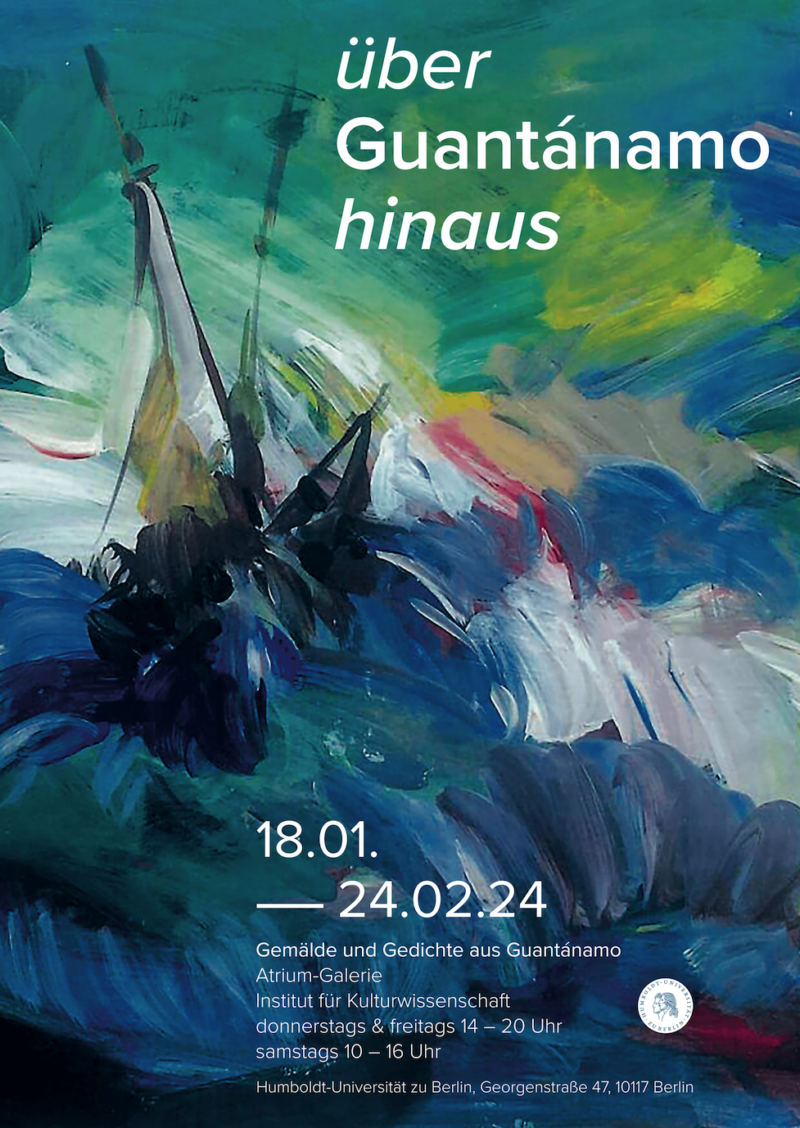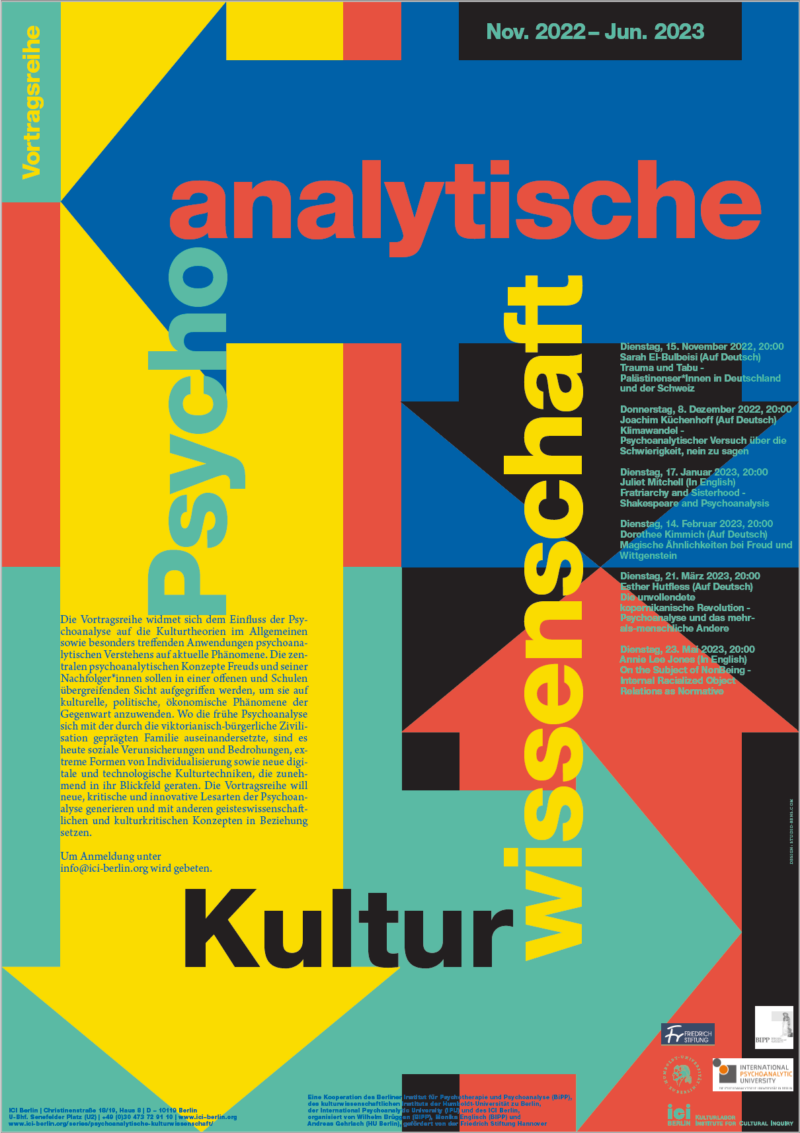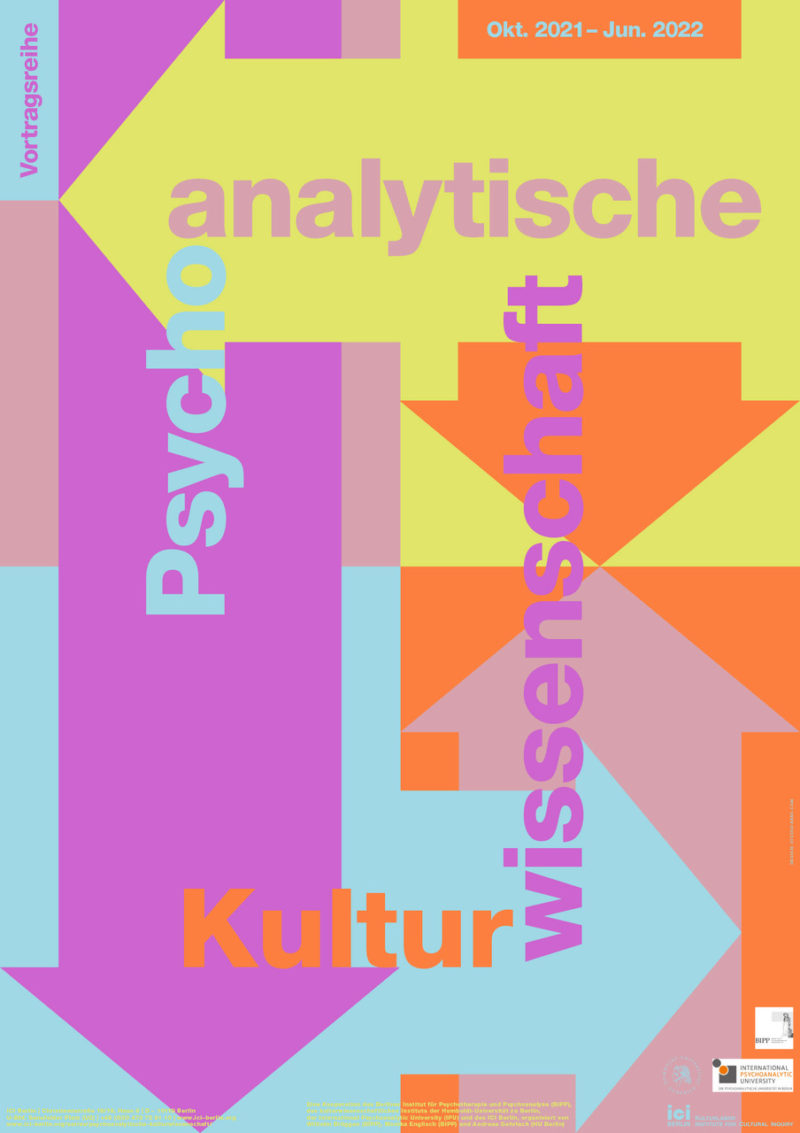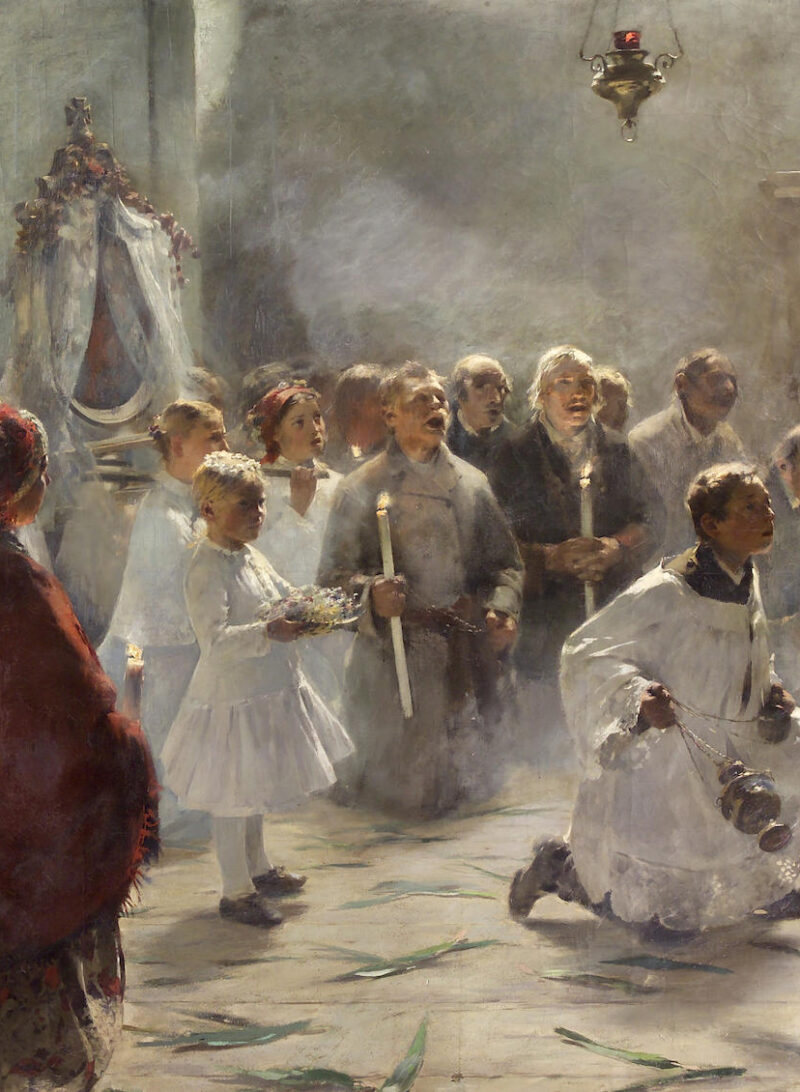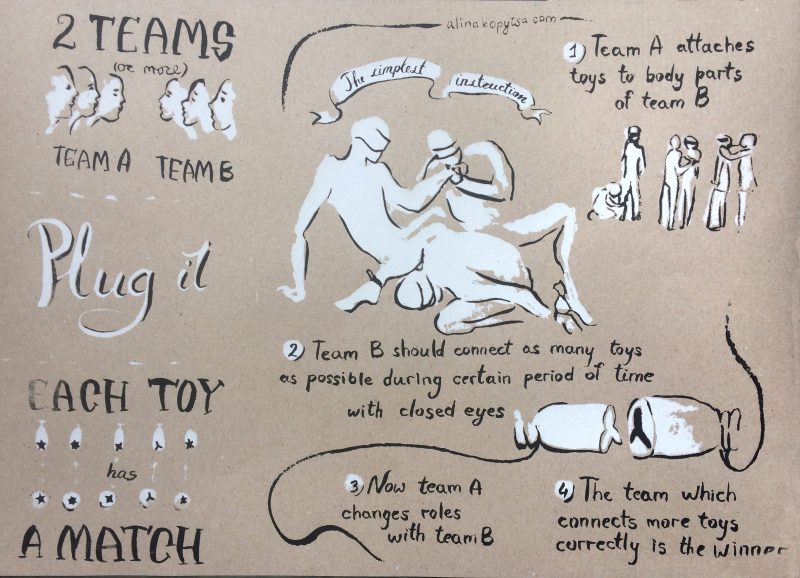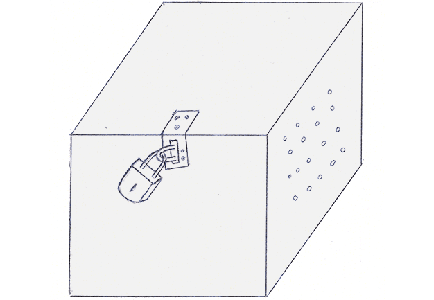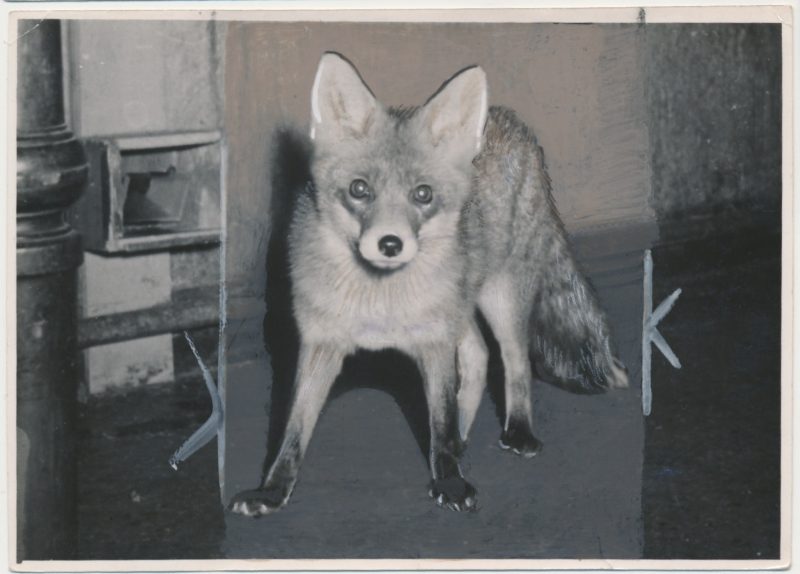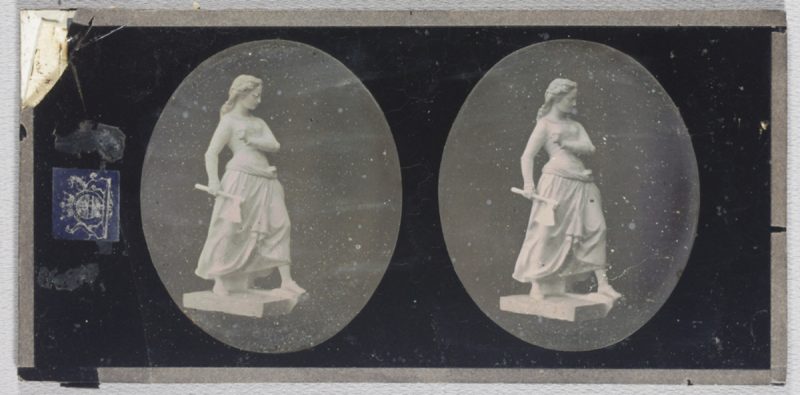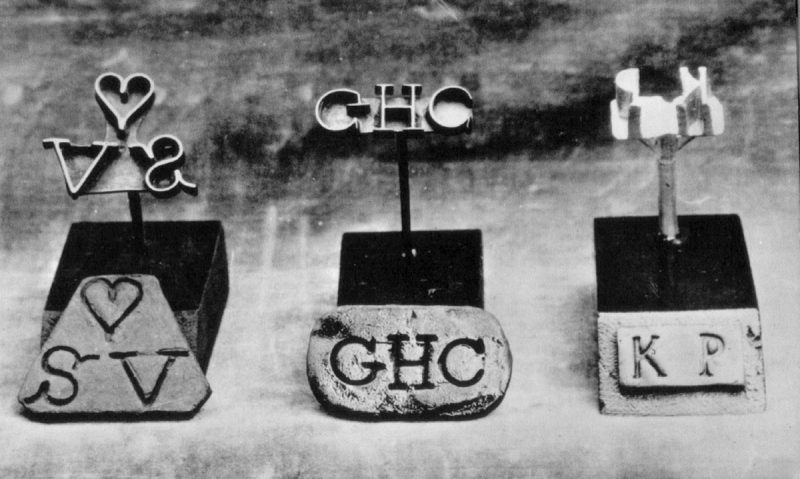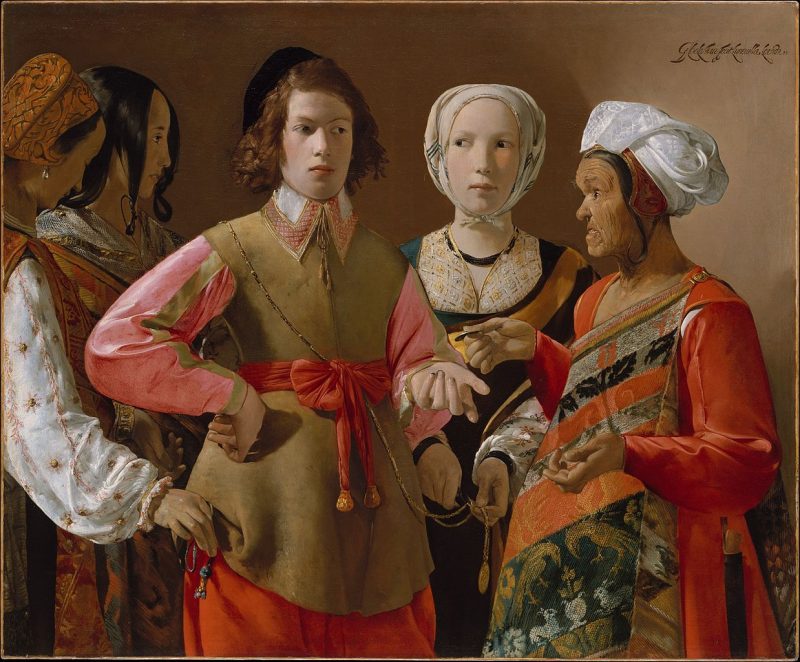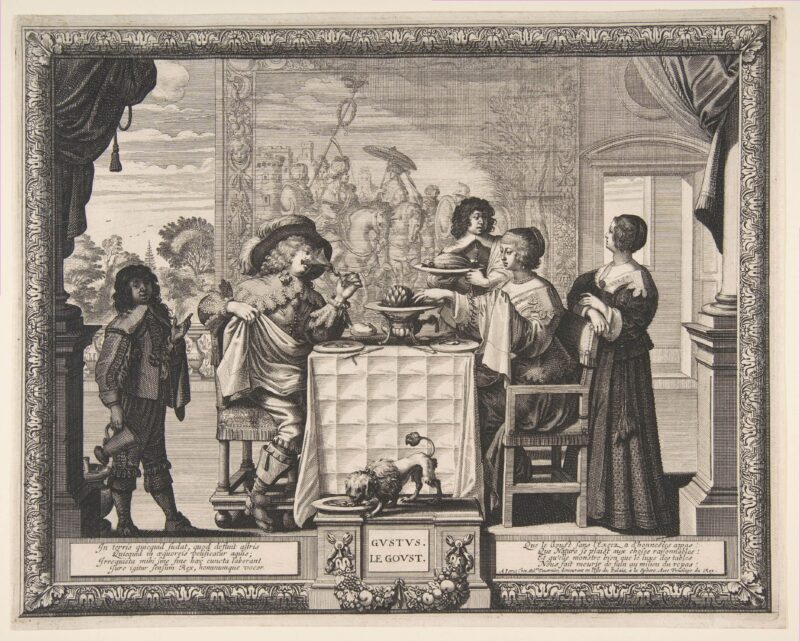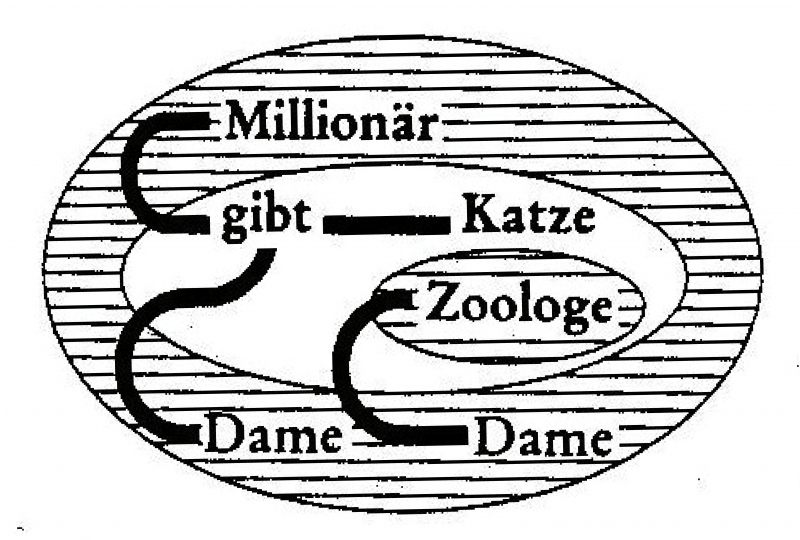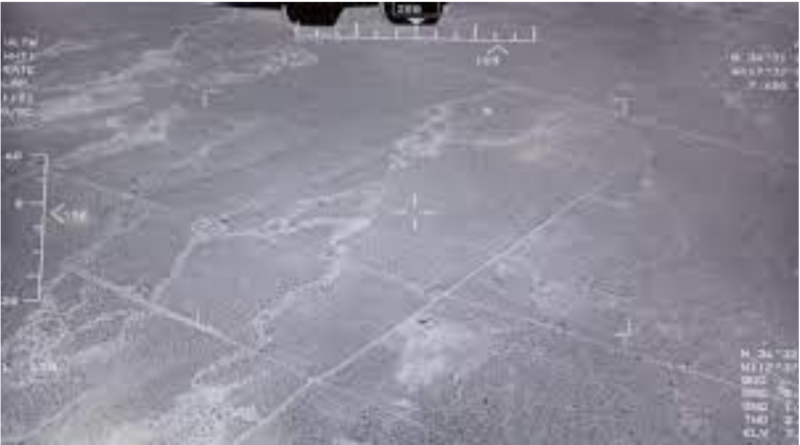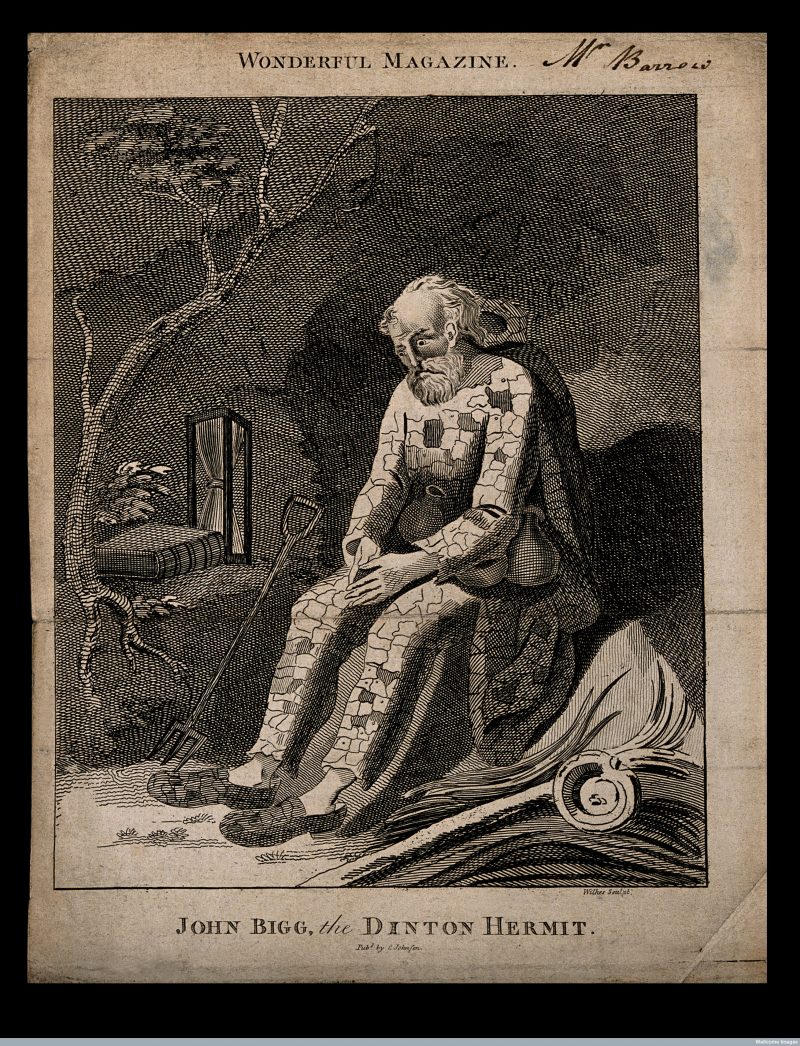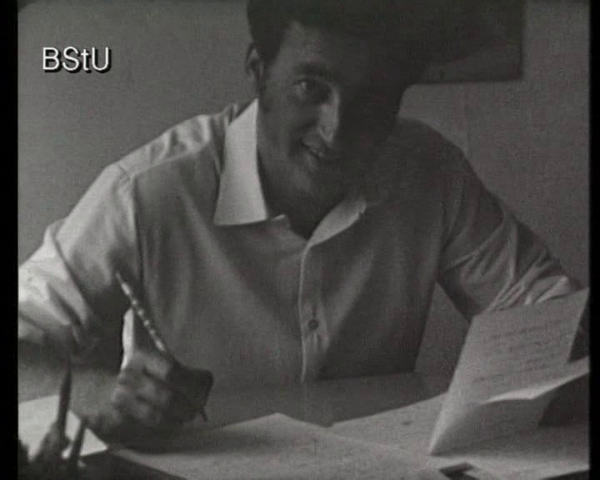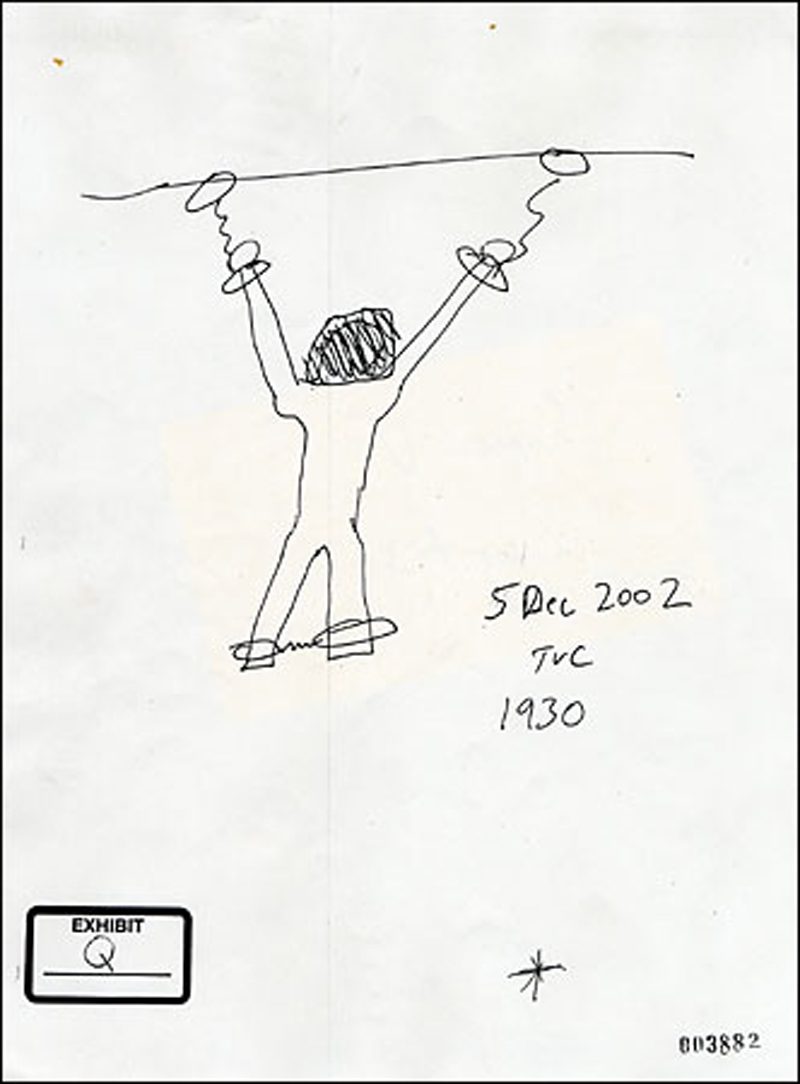Aesthetics of ambiguities and of grey areas
Scientific laboratories, assembly lines, archives, kitchens, airplanes, camps and hospices – they all possess their own aesthetics. The same is true for banknotes, diseases, uniforms, family trees, heraldic animals and weapons of war. Each example embodies a specific kind of power and can be seen as a unique expression of sovereignty and authority: No political system, no economic organisation and epistemic regime, no domestic, sexual and bureaucratic institution can afford to be aesthetically abstinent. In order to function and to unfold their power and authority, they each rely on sensual orders, enactments, visualisations, fictions, origin myths, phantasma, narratives and symbols, as much as on methods of observation, of registration and of identification. We ask, which role do the aesthetic processes, the ways of perception and of (re-)presentation have in the constitution of the political? Moreover, how do they contribute to the antagonistic differentiation of the political from politics?
»Where there is power, there is resistance.« Where there is violence that »forces, bends, breaks, destroys«, there is violent opposition. Nietzsche’s and Foucault’s insights into the relational dynamics and diagnostics of power have implications for both the aesthetics of resistance and for experiences of suffering, of being lost, meaningless, invisible or left alone and detached, as well as for the remarkable potentials that arise in situations of passivity and powerlessness for new sensibilities and spaces of resonance, for revaluations, transformations, for artful recoding and style, clever ways of expropriation, of consumption and of utilisation, subversive practices, irritations, disruptions of order, forms of life and revolutionary movements – all of which are marked by distinct aesthetic qualities.
But the powers to give orders and to disobey – of coercion and resistance, heteronomy and self-determination – are often not split up into spheres of action and passivity that can be separated like white and black, land and ocean. Rather, they unfold their significant powers and effects within complex networks of relations, which are often very close to each other and tied up in polymorphous power relations. As researchers with a perspective of cultural history and theory, we therefore reserve special attention also for the aesthetics of ambiguities and of grey areas.

